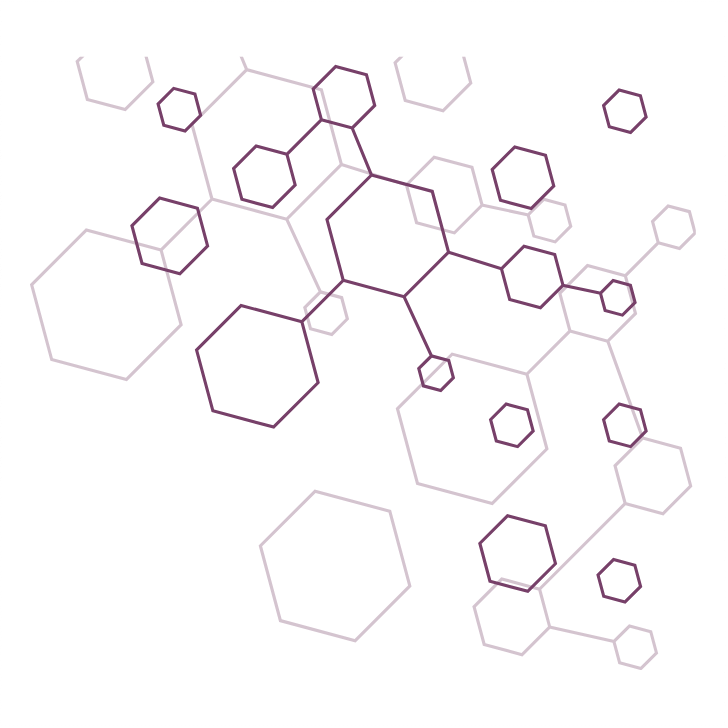The Living Teams Model
Intelligence Through Signal
At its core, teamwork emerges when individuals share mental models that align their actions toward common goals. The key to these shared models is signal - meaningful information that helps us notice we're misaligned.
When teams effectively capture, process, and respond to signals, they demonstrate intelligence that exceeds what any individual could achieve alone.
This reflects a deeper truth: intelligence is inherently collective. A diversity of signals is required to develop the complex models we need to navigate today's challenges.

A PRACTICAL FRAMEWORK
FOR TEAM EXCELLENCE
- •Teams with clear boundaries and information flows that reduce confusion and simplify action
- •Purposeful meetings that evolve with your team's needs, not rigid formulas
- •Quality meetings through a deep understanding of the mechanics of collaboration
- •Awareness to see systemic patterns and create meaningful organisational change
The Three Pillars of Team Intelligence
Through structure, rhythm, and practice, understand how to shape teams that develop shared mental models, collective identity, and adaptive capacity—enabling high autonomy and meaningful impact in complex environments.

Structure
From organisational design to metrics and communication channels - structure determines how information flows, ensuring critical signals reach the teams who need them most.
The model reveals:
- How team boundaries create clear accountability and ownership when designed intentionally
- Why information architecture matters - reducing noise and ensuring critical signals reach those who need them
- How metrics and data serve as alignment mechanisms rather than just performance indicators
- The impact of implicit structures that exist beyond org charts and can be shaped for greater effectiveness

Rhythm
The underlying cadence of effective team collaboration. By understanding rhythm, you see beyond Agile methodologies to their core mechanics, allowing you to design processes that meet your team's unique maturity and context.
The model reveals:
- The natural cadence of effective team collaboration and the purpose of each phase
- How to align meeting rhythms with your team's unique maturity and context
- The distinct purposes of different meeting types in creating alignment and driving success
- Ways to harmonise team rhythms with broader organisational cycles and targets

Practice
Practice refers to the quality of how we collaborate. It's our moment-to-moment interactions that shape how effectively we share and make meaning of signals, aligning our mental models for a coordinated response.
The model reveals:
- Why effective communication is about making shared meaning, not just transferring information
- How psychological safety emerges from specific team practices and enables productive dialogue
- Techniques for collaborative conversation that enhance team awareness and improve judgment
- Methods to explicitly identify and develop shared mental models that transcend individual perspectives
Learn a New Collaboration Technique
Add your email to receive a one-page guide on creating more valuable team conversations by "Talking to the Middle".
You'll also receive occasional practical insights and offerings on Living Teams. Unsubscribe anytime.
Applying the Living Teams Approach
The Living Teams model provides practical ways to help your teams collaborate more effectively, make better decisions, and achieve greater impact. Whether you're a senior leader looking to transform how teams operate, a team lead wanting to improve day-to-day collaboration, or a team member seeking better ways of working together, this approach offers clear, actionable insights.
Through courses, workshops and coaching, I can help you apply these principles in your specific context. Explore the training options to find the right fit for your needs, or contact me to discuss how we might work together.
What Leaders Are Saying
Dan's key strength is his ability to identify why information isn't flowing effectively through a business. His principles of organising teams around purpose is still used widely at Mutinex and is one of the key reasons for our product acceleration over the market. I would have little doubt recommending him to help solve organisational design problems.
Henry Innis
CEO, Mutinex